The Libyan city of Tripoli in the eyes of Arab and foreign travelers
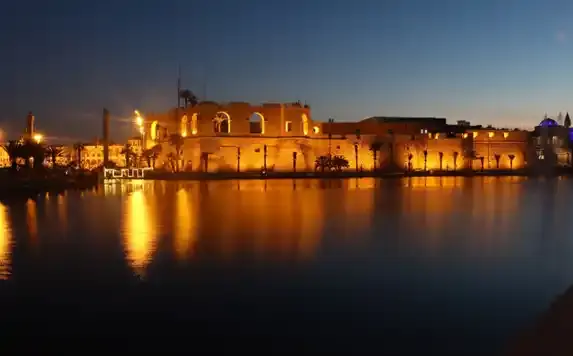
Tripoli is the capital of Libya and is a coastal city overlooking the Mediterranean coast and located in the north of the continent of Africa. The location of the Libyan city of Tripoli made it the perfect choice to be a commercial city linking the countries of the continent of Europe with African countries. The city of Tripoli was from its infancy a station through ships and goods from Africa to Europe and vice versa, so you can imagine the people of the city used to visit travelers, merchants and various visitors.
Show key points
- Tripoli’s strategic coastal location made it a historical trading hub linking Europe and Africa, facilitating the exchange of goods and cultures for centuries.
- The city’s long and complex history saw it under the control of numerous civilizations—from Phoenicians and Romans to Vandals, Byzantines, Muslims, Sicilians, Spanish, and Ottomans—each leaving visible cultural imprints.
- Historical travelers were often captivated by Tripoli’s enchanting appearance from afar, yet shocked by its internal decay, economic decline, and crumbling architecture.
- ADVERTISEMENT
- Home customs in Tripoli, as documented by Mays Tully, revealed a gendered yet balanced use of private family spaces and a cultural emphasis on social and personal etiquette.
- Tripoli played a significant role in the trans-Saharan slave trade, becoming a settlement for many formerly enslaved Africans whose descendants remain part of the city's population.
- The city’s vibrant social life historically included bustling bazaars and cafes, which served different social classes in distinct ways, especially during the 19th century.
- Contemporary bloggers and modern travelers continue to appreciate Tripoli for its rich cultural heritage, historic architecture, religious diversity, and resilient community spirit.
The Libyan city of Tripoli arose in the time of the Phoenicians and they named it Tripoli, a word that means the three cities, as well as Oia. Therefore, the oldest monuments of that city date back to the era of the Phoenician founders. The city then passed to the Roman era, so no traveler passes through the city without noticing the arch of Marcus Aurelius relative to the Roman emperor. The city passed through the rule of the Vandals, who are Christian European tribes who broke away from the mother church and follow the Arianism and settled in the city after fleeing Europe. The Vandals were followed by Byzantine rule and then the Islamic conquest. The rule of the Islamists was interrupted by periods including the rule of the Sicilians, then the Spanish occupation for twenty years, and then the occupation of the Knights of St. John of Malta for another twenty years. The Tripolitans resorted to the Ottoman Empire to rid them of the occupiers, so that Tripoli, Libya, returned under Islamic rule, but as part of Ottoman rule. From the succession of attacks by different countries on Tripoli, you can imagine what the city was like in different eras. The traveler does not lose sight of the destruction of the city through the ages, but the eyes of the travelers also see a panorama of the historical and heritage periods of Phoenician, Roman, Islamic and Spanish. In this panorama, several civilizations blend to form a human fabric that enriches the imagination of any traveler who is passionate about peoples' civilizations, customs and arts.
Recommend
The Libyan city of Tripoli is magical from a distance, but rubble and debris from the inside
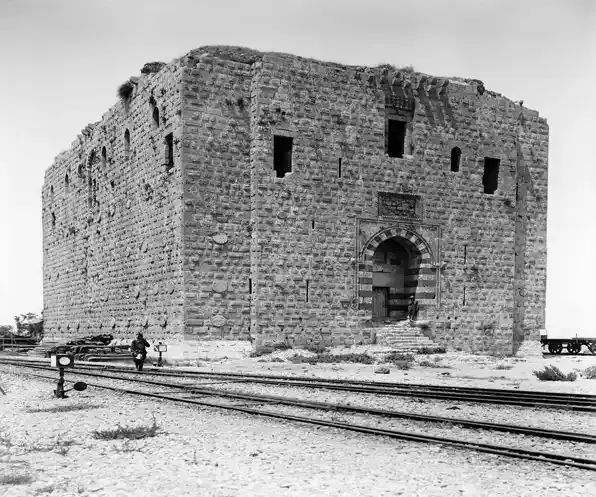
18th-century travelers saw Tripoli as a charming city when seen from the sea, but as their ships approached the coast, they were quickly shocked to enter the city and saw the walls and rubble crumbling and the economic collapse of the city. One of these was Augustino Plateau, who was the Venetian consul in Tripoli, as well as the German traveler Heinrich Parquer and Gustav Nachtagal, both who visited the city in the nineteenth century.
In their eyes, the Libyan city of Tripoli was a white city with high walls and minarets and interspersed with palm trunks, a bright view from a distance that quickly fades at the sight of the city from the inside, the filth of its disciples and the destruction of its ancient ancient buildings. Many other travelers loved the white houses and the coast of Tripoli but took pity on the effects of neglect in their aspects.
The Libyan city of Tripoli and the customs of its homes
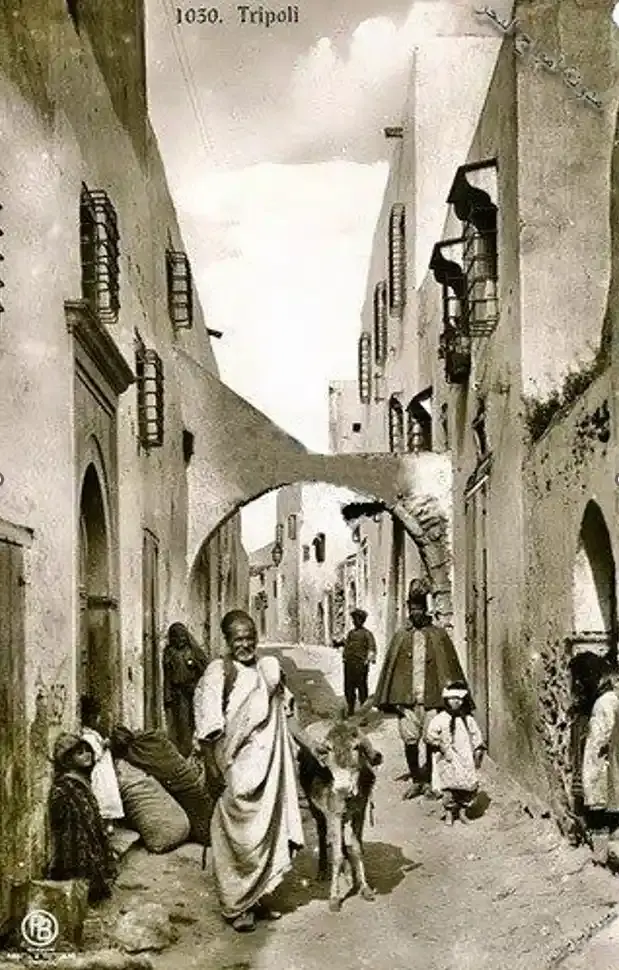
Mays Tully of England, who lived in the Libyan city of Tripoli for ten years during the eighteenth century, documented her experience because of her husband's many travels and the diversity of her experiences in many countries. Mays Tolly did not pay attention to the wreckage of the city, but to the eyes of a traveler who paid attention to the customs of the people of Tripoli. Mays Tolly noticed that there was a single room inside Tripoli's houses, which was called the "room" or "attic" and was intended for the head of the family only and no member of the family was allowed to enter without his permission. The room contained a special closet for the head of the family and the room is used in his work, which is similar to the use of the office room in our time, but the use of the room was not limited to this, but was also used in evenings and fun of the head of the family where he invites his friends. What Mays Tolla noticed was that the woman in Tripoli has the same right as the man, as she can invite her friends or women members of her family to chat privately in her room, and the visitor leaves her babouj (shoes) outside the room so that the head of the family knows that there is a visitor and thus refrains from entering the room.
Mays Tolly did not miss the great attention that the bathrooms in the Libyan city of Tripoli received from women. Women and their maidservants spend long hours inside the bathrooms that can extend into the whole day. During which maidservants wash their women's hair with orange blossom water or braiding the hair with small braids, which takes hours, as well as dyeing eyelashes and eyeliner.
Bazaars and cafes are an essential activity for many individuals in the Libyan city of Tripoli.
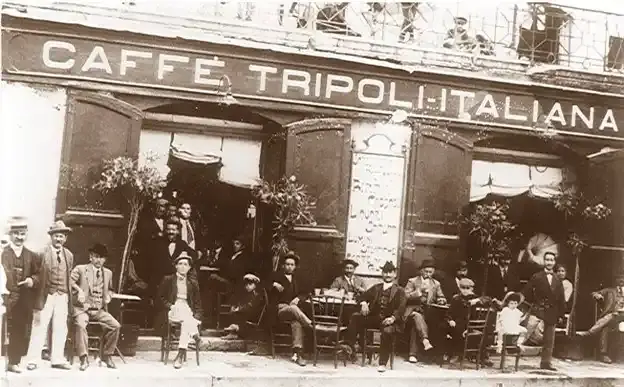
Most travelers noticed the street bazaars in Tripoli and noticed in particular the Turks frequenting the market cafes daily to talk about the daily news and drink coffee, but they noticed that when the notables frequented the markets, they did not enter the markets themselves, but waited in waiting areas in the square where marble seats shaded by green pergolas, while sending their servants to buy coffee and everything they needed. Shopping from street markets and sitting in a café appeared as activities belonging to a specific social class and not an activity practiced by notables and the rich, but this belongs especially to the era of the nineteenth century, which has completely changed in our time.
Tripoli's Black Population: The Past of the Slave Trade
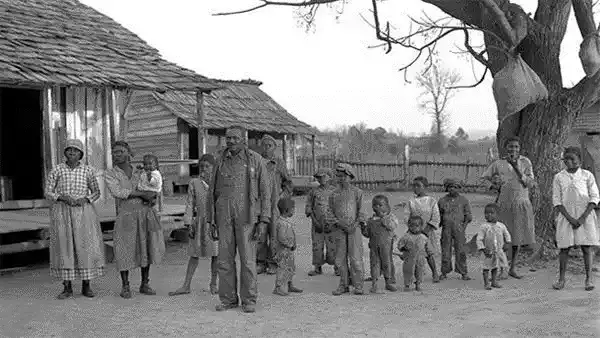
It is no stranger to the eyes of any traveler or visitor to see black Tripolitans with the dark skin of the descendants of Africans who were previously exploited during the slave trade, which was so popular in the past. The location of the Libyan city of Tripoli on the White Sea coast between African countries, the source of slaves in the past and the European countries importing slaves at the time, made it a market where slaves were bought and sold for many years, even after the prohibition of the slave trade in the nineteenth century.
After the liberation of the slaves and the end of this trade, many of them decided to settle in Tripoli, which they knew no other homeland. The German traveler Evald Banza visited Tripoli 3 times in the early 20th century and noticed that blacks (black, as he put it) represent a very large percentage of the population of Tripoli, and many of them or their parents and grandparents came from Sudan as slaves, then they were freed, married and gave birth to their children in the arms of the city of Tripoli. Banza noted that most of them lived in huts on the outskirts of the city in the form of domes constructed of reeds and worked in stressful work such as building houses or unloading and loading ships, mostly hard work with modest pay.
The Libyan city of Tripoli is a commercial link between Europe and Africa
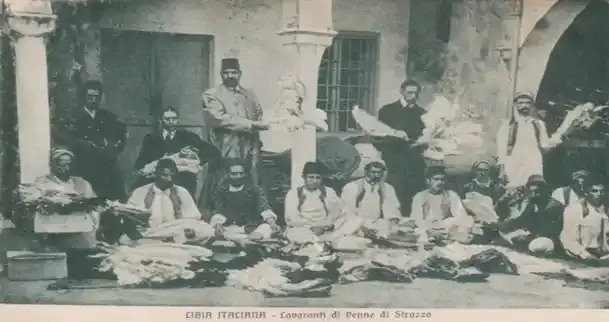
Mabel Todd, the wife of the head of the American mission, who lived in Tripoli for 5 years, took care of the commercial face of the city, and Todd noticed that European goods are stored in Tripoli and African goods are waiting to be transported by sea to Europe. You can imagine Tripoli as a large warehouse for goods and a transit point for its travel. Todd recorded her observation of some of the goods she observed circulating, such as ostrich feathers, elephant tusks, leather and gold, bringing large caravans from Africa to be exchanged for European goods such as Manchester fabrics, the famous Venice glassware, and southern French goods.
The Libyan city of Tripoli is a multi-religious land
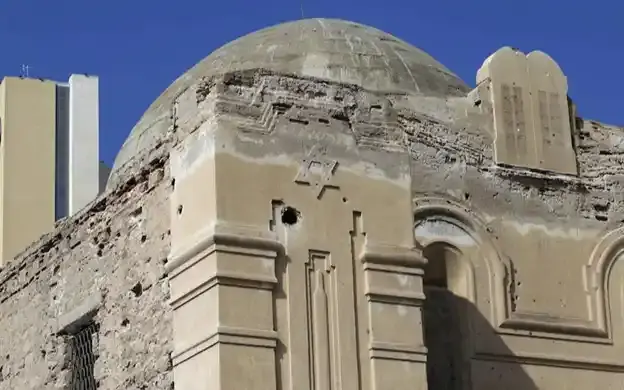
The succession of attacks and colonization of the city by other cultures and religions has led to the existence of different religious doctrines throughout the history of that city. The Italian traveler Giustino Rossi noted the great difference between the Jewish and Arab homes in Tripoli. Rossi wrote this difference in Arab houses of an artistic nature and their doors are always closed, which suggests mystery, as if behind their doors are secrets that will not be revealed, so that their windows open inside, making it impossible to see what is inside. On the other hand, Rossi noticed Jewish homes with open doors so that the tourist could enter and see inside. During his visit to Tripoli, Rossi felt religious tolerance between Christians and Muslims, seeing Christians practice their rituals inside and outside the church without harassment. However, he noticed that a Jew does not eat in a Christian or Muslim home, but invites them to eat in his house, but breaks all the utensils used by them after their departure and does not reuse any of them, out of respect for his faith.
The city of Tripoli in the eyes of modern day travelers and bloggers
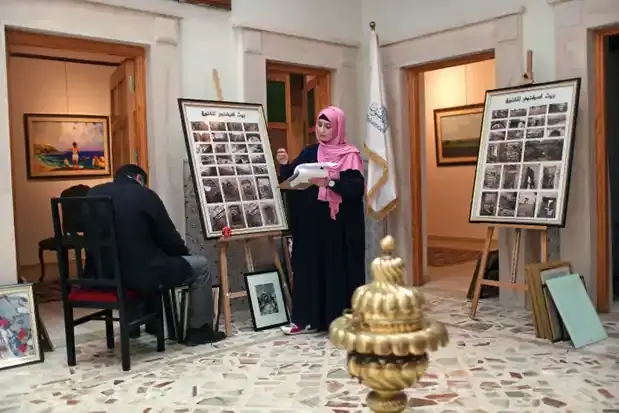
No doubt you are wondering, it has been a long time since the old travelers and here we are in the twenty-first century, so how do today's travelers see the Libyan city of Tripoli? Recently, travelers in the modern era have documented their journeys through blogs, videos, as well as social media.
Libyan blogger and traveler Mohamed Selini believes that you cannot understand the value of Tripoli and enjoy visiting it without passing through the parts of the old city passing through the Sidi Abdel Wahab Mosque, the oldest mosque in Tripoli. Seleni invites you to take a tour that enjoys the ancient and traditional arts of the city in particular during events, weddings and holidays. Al-Selini promises you that if anyone is lost while wandering in the city, you will inevitably meet him at the meeting point of the four Arsat, the most important of which is the pivotal intersection between the 4 main lanes of the old city. And those who reach the gate of freedom (the new door) and the church.
You will see the camel mosque was built with what was presented as a gift from the Fatimids who visited the city in the past and for their happiness with the hospitality and reception of the city of Tripoli to them they presented a camel loaded as a gift to the city of Tripoli and the value of the camel load built the mosque and this is why it is called. Al-Selini also spoke about the presence of Christians and Jews in the city, but that the Jews were expelled in the sixties and seventies against the backdrop of the events in Palestine and the beginning of its occupation. However, the huge synagogue at the top of the Star of David still stands tall to testify to an era in which Jews lived safely in that city and left a legacy to testify about them. Looking at the temple, you can see the Ten Commandments written in Hebrew.
Travelers can also see the Spanish Avenue, which is located in the Church of Our Lady, which dates back to the seventeenth century, next to the Bank of Rome and the House of Christa, the "Greek Church", which is all important monuments in the region and represents the heritage and witness to the presence of Christians in the city.
Al-Selini says that travelers seeking cultural attractions in the Libyan city of Tripoli can visit Beit Iskandar, a traditional cultural house in the European Quarter. Iskandar's house contains antiques, antiques and paintings from Tunisia, Iraq, Algeria and Libya, and the house is a beacon of culture and arts in the city, and in addition to artworks, its visitor can see furniture dating back to the occupation eras in the city. Travelers can also see the Abu Leila Tower, which was an old watchtower to protect the city from attacks coming from the sea and has turned into a destination for swimmers for its views on the coast and there is a point near the tower from which swimmers and divers jump to the waters of the Mediterranean in our time.
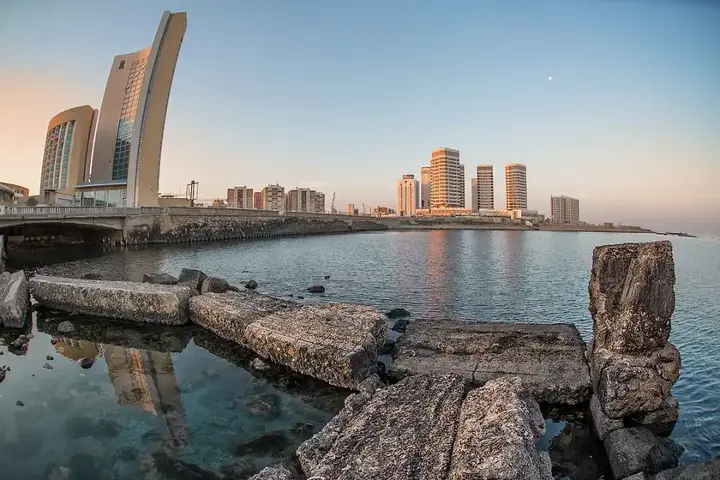
Arab and foreign travelers saw the Libyan city of Tripoli, both from his point of view, some of them paid attention to its beauty and brilliance in the sun's rays and its white houses next to its bounties of vegetables, fruits, olives, figs, raisins, and dates with the beauty of its architecture, such as the German traveler Nakhghal, Ibn Said Al-Libi and others who were impressed by its beach, the architecture of its minarets and the diversity of its boats, such as the Italian traveler Manfred, as well as Campero, the owner of The Discoverer magazine. Others were impressed by the welcome and hospitality of her family, such as al-Bakri. And others who looked at the wreckage of its walls, but they also paid attention to its customs and the character of its people, and others who were fascinated by the harmony between its inhabitants of different sex, color and religion, but all travelers each in his own way found the way to appreciate the city and its legacy and what it adds to every traveler who wishes to indulge in a unique experience and it is certain that thousands of others have visited the city and saw it with their own eyes even if they did not document their experience.








